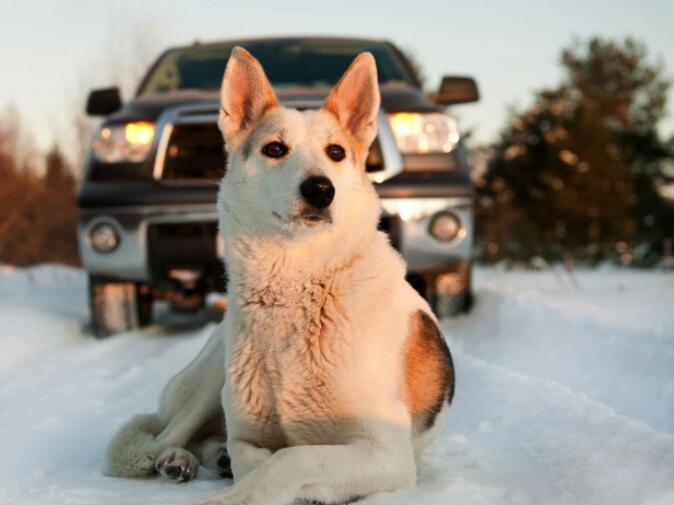The allure of savory pork products, such as bacon and ham, can make even the most disciplined dog owners falter in their resolve. Dogs, with their innate love for meat, often crave these indulgences. However, it is crucial to recognize that not all human foods are harmless treats for our four-legged friends. In fact, pork can pose significant health risks to dogs if not handled and consumed appropriately.
Dogs are carnivorous creatures, primarily driven by a diet rich in protein. This natural inclination towards meat may tempt pet owners to share scraps from their own plates. Yet, before you yield to those pleading eyes and wagging tails, consider the potential consequences.
First and foremost, the consumption of plain, cooked pork is the only viable option for dogs. The array of spices and seasonings that enhance the flavor of pork dishes – garlic, onion, chili powder, mustard, and excessive salt – can be toxic to dogs. These additives can lead to severe health issues, making even the most delectable pork products too rich for our canine companions. Furthermore, cured pork products like bacon, ham, pepperoni, salami, and hot dogs should be strictly avoided.
Another critical consideration is the high fat content found in many pork products. This fat can be difficult for dogs to digest, leading to stomach upset, pancreatic inflammation, and other gastrointestinal irritations. The consumption of high-fat foods can also trigger the onset of pancreatitis, a serious and potentially life-threatening condition in dogs.
Raw pork presents an additional hazard, as it may harbor Trichinella parasites. These parasites can cause severe discomfort, vomiting, diarrhea, and other health complications in both humans and dogs. Therefore, it is imperative to cook pork thoroughly before offering it to your furry friend.
In the context of a raw dog food diet, special precautions must be taken to eliminate parasites. This typically involves freezing the pork for an extended period. However, even then, there is no guarantee that commercial raw dog food is free from pathogens.
Cooked pork bones are yet another danger to avoid. They can splinter easily, posing a choking hazard and potentially causing internal injuries or gastrointestinal obstructions. Raw bones are equally perilous. If you’re contemplating adding raw pork bones to your dog’s diet, seek veterinary guidance first.
A word of caution: if your dog exhibits any signs of illness after consuming pork or pork bones, such as lethargy, vomiting, diarrhea, or other concerning symptoms, contact your veterinarian immediately. Ensure that all pork scraps and bones are kept out of your dog’s reach to prevent unsupervised consumption.
If you decide to introduce pork to your dog’s diet, adhere to the following guidelines:
- Choose a lean cut of pork and remove all visible fat.
- Forgo any seasoning and ensure the pork is thoroughly cooked.
- Portion the pork appropriately, offering only small pieces and limited amounts, particularly if it’s your dog’s first experience with this food.
- Monitor your dog closely after introducing any new food to their diet, watching for signs of stomach upset or other adverse reactions. Should any concerns arise, seek veterinary advice without delay.
While pork may not be the optimal choice for your dog, there are numerous other human foods that can be safely introduced. Chicken (without bones, skin, or raw), beef (lean cuts, avoid raw), salmon, and other fish (avoid raw) are excellent alternatives. These lean proteins provide a safer and healthier treat option for your furry friend.
In conclusion, while it’s natural to want to indulge our dogs with tasty treats, it’s essential to prioritize their health and safety. When your pup looks at you with those pleading eyes, remember that a happy and healthy dog is a good dog. There are plenty of delicious and nutritious alternatives to pork that will keep your canine companion satisfied and thriving.









